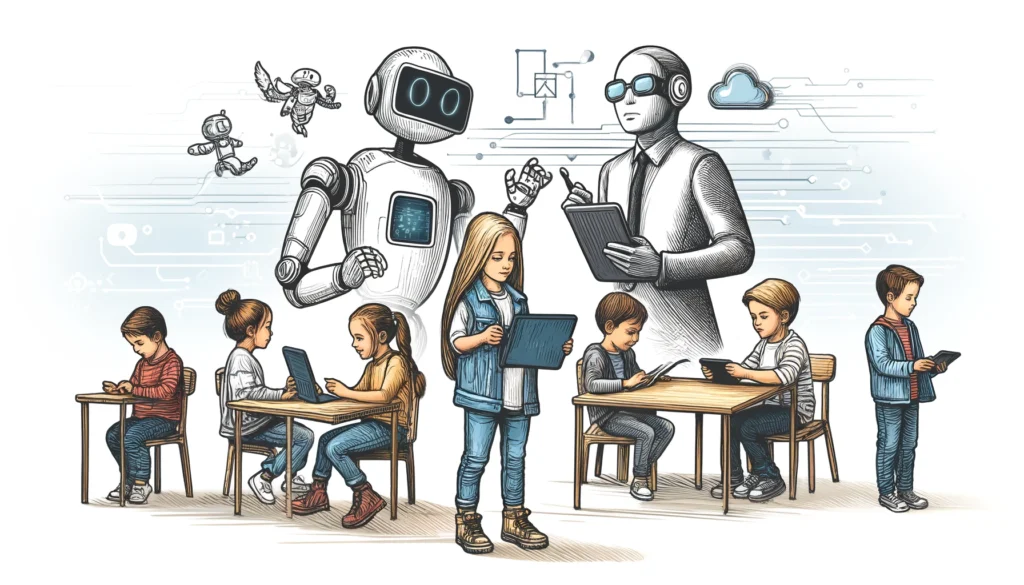
As the global population ages, innovative solutions are essential to support the growing number of elderly and sick individuals. Among these solutions, over 100 robots are being developed worldwide to assist caregivers. These robots will not replace human nursing staff but will enhance their ability to spend more quality time with each patient.
Revolutionizing Elderly Care
Caregiving demands a lot, often leaving nurses with little time for meaningful interactions with patients. Robotic assistants step in to handle routine tasks, such as monitoring vital signs, reminding patients to take their medication, and assisting with mobility. These robots free caregivers to focus on the human side of care—providing emotional support and building relationships.
Enhancing Efficiency
Robots like Pepper and Paro are already making waves in nursing homes and hospitals. Pepper, a humanoid robot, engages in simple conversations, recognizes faces, and understands emotions. This interaction helps alleviate loneliness and provides companionship for elderly patients. Paro, a therapeutic robot designed to resemble a baby seal, reduces stress and improves the mood of dementia patients.
Robotic caregivers are revolutionizing the way we approach healthcare, offering innovative solutions to the growing demands of patient care worldwide—
Cutting-Edge Technology in Action
In Japan, Robear is making headlines. This bear-shaped robot gently lifts patients from beds and moves them to wheelchairs. Robear combines strength with a gentle touch, ensuring patient safety and comfort. These robots significantly reduce the physical strain on caregivers, preventing injuries and allowing them to perform their duties more effectively.
Robots like Moxi and the Robot Nurse Bear assist healthcare workers by performing non-patient-facing tasks such as delivering lab specimens and supplies, and helping with patient mobility. These robots free up time for healthcare professionals to focus on direct patient care and reduce the physical strain on staff.
Surgical Robots
Surgical robots, including the widely used da Vinci Surgical System, enable surgeons to perform minimally invasive procedures with high precision. These systems are used in various surgeries, from cholecystectomies to prostatectomies, and have been shown to improve peri-operative outcomes and reduce recovery times.
Rehabilitation Robots
Rehabilitation and mobility robots such as Lokomat® and HAL assist patients in regaining strength and mobility. These robots are used in inpatient settings and community rehabilitation centers to support physical therapy, reduce muscle atrophy, and improve patient outcomes.
Telepresence and Social Robots
Telepresence robots equipped with video displays, cameras, and microphones facilitate remote consultations and social interactions, particularly for elderly patients or those in isolated areas. Social robots, resembling animals, help alleviate loneliness and agitation in patients with dementia, providing emotional support without the need for medication.
Training and Simulation
Robotics are also revolutionizing medical training. Robotic patient simulators and VR-based training systems offer realistic, responsive scenarios for medical professionals to practice procedures and emergency responses. This enhances their skills and preparedness without risk to real patients.
Global Developments
Across the globe, various countries are investing in robotic solutions for healthcare. In Europe, the Romeo Project focuses on developing robots to assist with tasks like opening doors, climbing stairs, and fetching objects. The project aims to create robots that seamlessly integrate into everyday life, providing practical support for both caregivers and patients.
The Role of AI
Artificial intelligence (AI) plays a crucial role in developing these caregiving robots. AI enables robots to learn from their environment, adapt to individual patient needs, and improve their performance over time. This adaptability is key to creating robots that genuinely assist in caregiving, providing personalized support that meets the unique requirements of each patient.
Addressing Concerns
While the benefits of caregiving robots are significant, some concerns remain about their integration into healthcare. Some fear reliance on robots could lead to a loss of personal touch in caregiving. However, the primary goal of these robots is to augment human caregivers, not replace them. By handling routine tasks, robots free caregivers to spend more time on personal interactions, ultimately enhancing the quality of care.
Ethical Considerations
Deploying robots in caregiving also raises ethical questions. Issues such as patient privacy, the potential for over-reliance on technology, and ensuring robots are used responsibly must be addressed. Developing ethical guidelines and regulations will be crucial to ensure that robotic assistants are used in ways that truly benefit patients and caregivers alike.
Future Prospects
The future of caregiving looks promising with the continued advancement of robotic technology. As these robots become more sophisticated and affordable, their adoption in healthcare settings will likely increase. This shift could lead to a new era in caregiving, where technology and human touch work hand in hand to provide the best possible care for the elderly and sick.
Real-Life Stories
In several nursing homes, robots have already made a positive impact. For instance, in a care facility in Germany, robots like Pepper engage residents with interactive games and activities, improving their mental well-being. Similarly, in the United States, robotic pets comfort patients with Alzheimer’s, providing joy and emotional support.
A Collaborative Effort
The development and integration of caregiving robots require a collaborative effort between technologists, healthcare professionals, and policymakers. By working together, these stakeholders can ensure that robots enhance caregiving without compromising the human element that is so vital to this profession.
Conclusion
As we move forward, it is clear that robots will play an increasingly important role in supporting caregivers and improving the quality of care for elderly and sick individuals. By embracing this technology, we can create a future where caregivers are empowered to provide more compassionate, personalized care, and patients receive the support they need to live fuller, happier lives.
For further reading on the latest developments in caregiving robots, check out these resources:
- Innovative Robotic Solutions in Elderly Care
- The Role of AI in Healthcare Robotics
- Ethical Considerations for Robots in Healthcare





